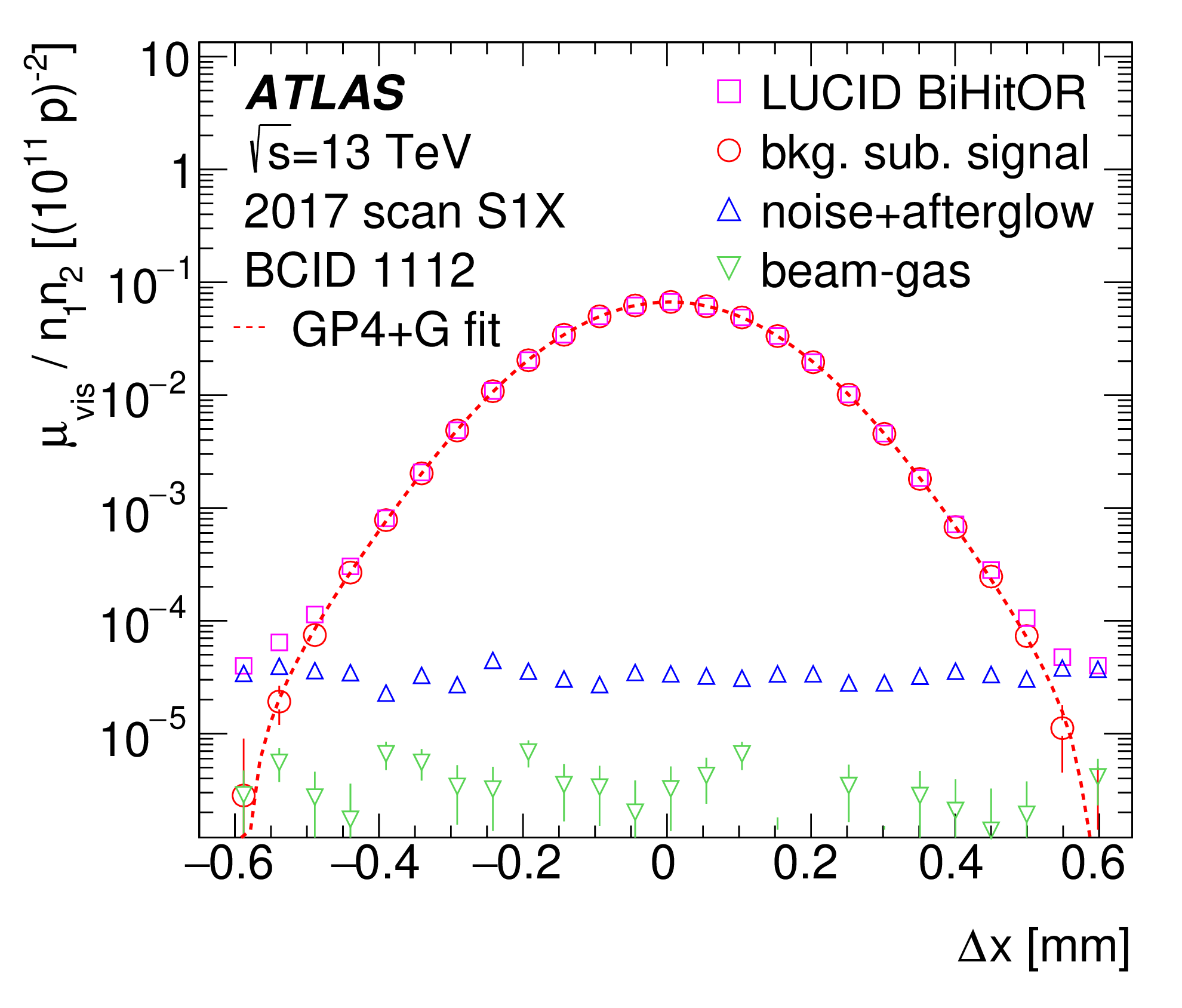ATLAS on track for 2018 data taking
31 March 2018 | By

It’s kick off at the Large Hadron Collider! Proton beams are circulating once again in the accelerator, marking the start of a new year of exploration for the ATLAS experiment.
The start of beams brings to an end four months of maintenance work on the ATLAS detector. Engineers worked tirelessly, consolidating systems and making important improvements that will enhance the capabilities of the experiment in the coming operation period.
“During the winter shutdown, teams worked to reinforce systems across the data-taking chain: from the detector front-end to the data processing,” says Masaya Ishino from the University of Tokyo who is ATLAS Run Coordinator. “We began system commissioning in February, readying the detector to record proton collision events with the highest instantaneous luminosity ever achieved, as is foreseen during the 2018 run.”
As this will be the final year of Run 2, expectations from the machine are high. The LHC is set to accumulate more data than in 2017, with a target of 60 inverse femtobarns of integrated luminosity. The ATLAS operations team aims to make full use of every collision, taking data with the highest possible efficiency and quality. When combined, the full Run-2 dataset will be an extraordinary resource for physicists, allowing them to perform the most optimal exploration of the 13 TeV energy frontier.
ATLAS will use the coming weeks to finalise preparations for first collisions: monitoring the circulating beams, fine-tuning the subdetectors, and testing the trigger and data-acquisition systems. Stay tuned for first physics recording in May!



